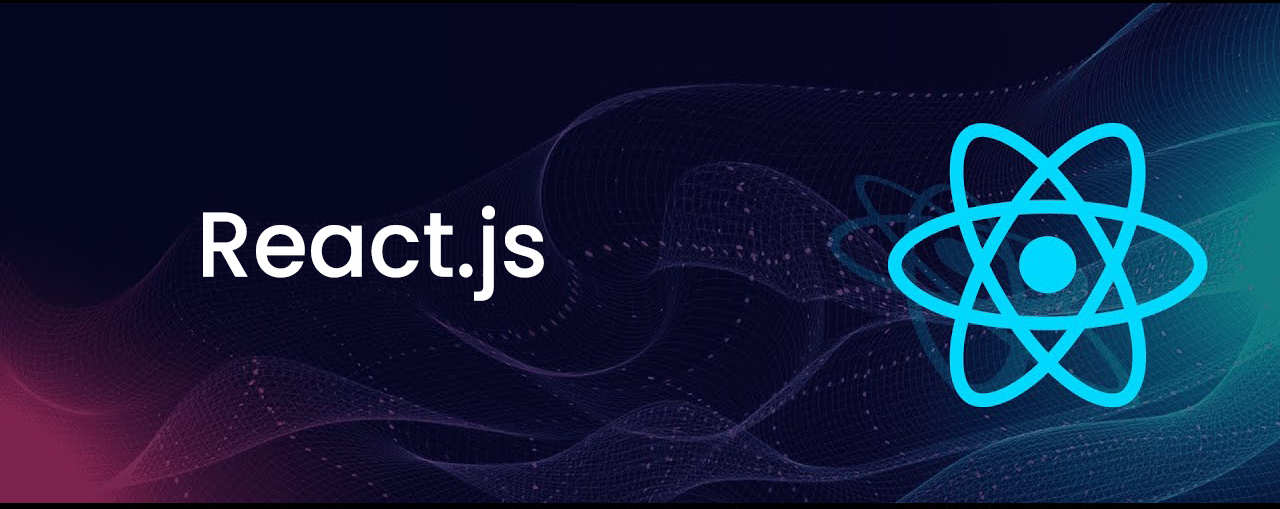React Tutorial 2024: Master Modern React Development
React has evolved significantly since its introduction, and 2024 brings new features and best practices that every developer should know.
What is React?
React is a JavaScript library for building user interfaces, particularly single-page applications. It's maintained by Facebook and has become the most popular frontend framework.
Key Concepts
1. Components
React is built around reusable components that encapsulate UI logic and state.
2. Hooks
Modern React uses hooks for state management and side effects, replacing class components.
3. Virtual DOM
React's virtual DOM enables efficient updates and rendering performance.
4. JSX
JSX allows you to write HTML-like code within JavaScript.
Getting Started
Prerequisites
- Basic JavaScript knowledge
- Node.js installed
- Code editor (VS Code recommended)
Installation
npx create-react-app my-app
cd my-app
npm start
Core Concepts
Functional Components
function Welcome(props) {
return <h1>Hello, {props.name}</h1>;
}
Hooks
import { useState, useEffect } from 'react';
function Counter() {
const [count, setCount] = useState(0);
useEffect(() => {
document.title = `Count: ${count}`;
}, [count]);
return (
<div>
<p>Count: {count}</p>
<button onClick={() => setCount(count + 1)}>
Increment
</button>
</div>
);
}
Advanced Topics
State Management
- useState for local state
- useContext for global state
- Redux for complex applications
Performance Optimization
- React.memo for component memoization
- useMemo for expensive calculations
- useCallback for function memoization
Testing
- Jest for unit testing
- React Testing Library for component testing
- Cypress for end-to-end testing
Best Practices
1. Component Structure
- Keep components small and focused
- Use meaningful names
- Separate concerns
2. State Management
- Lift state up when needed
- Use appropriate hooks
- Avoid prop drilling
3. Performance
- Optimize re-renders
- Use proper keys in lists
- Lazy load components
Conclusion
React continues to be the leading choice for frontend development. With its modern hooks API and strong ecosystem, it's an excellent choice for building scalable applications.
